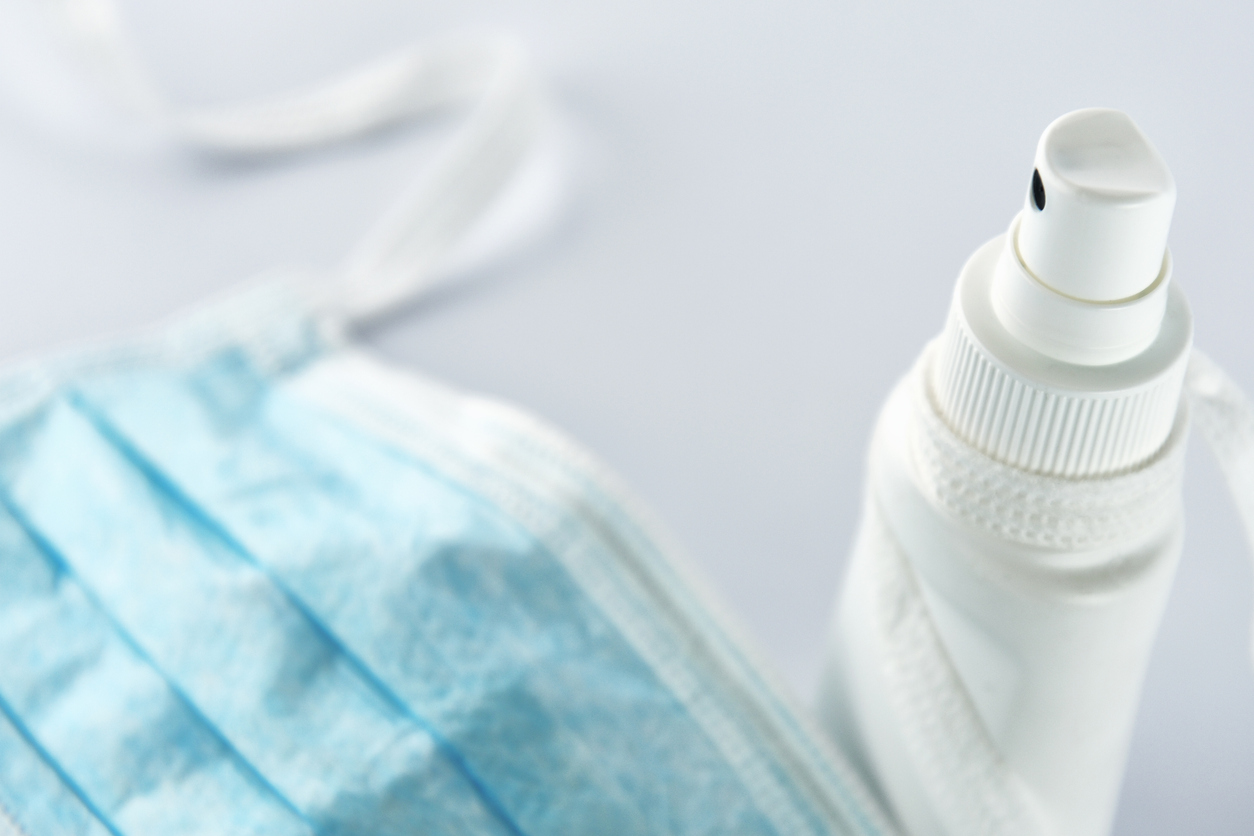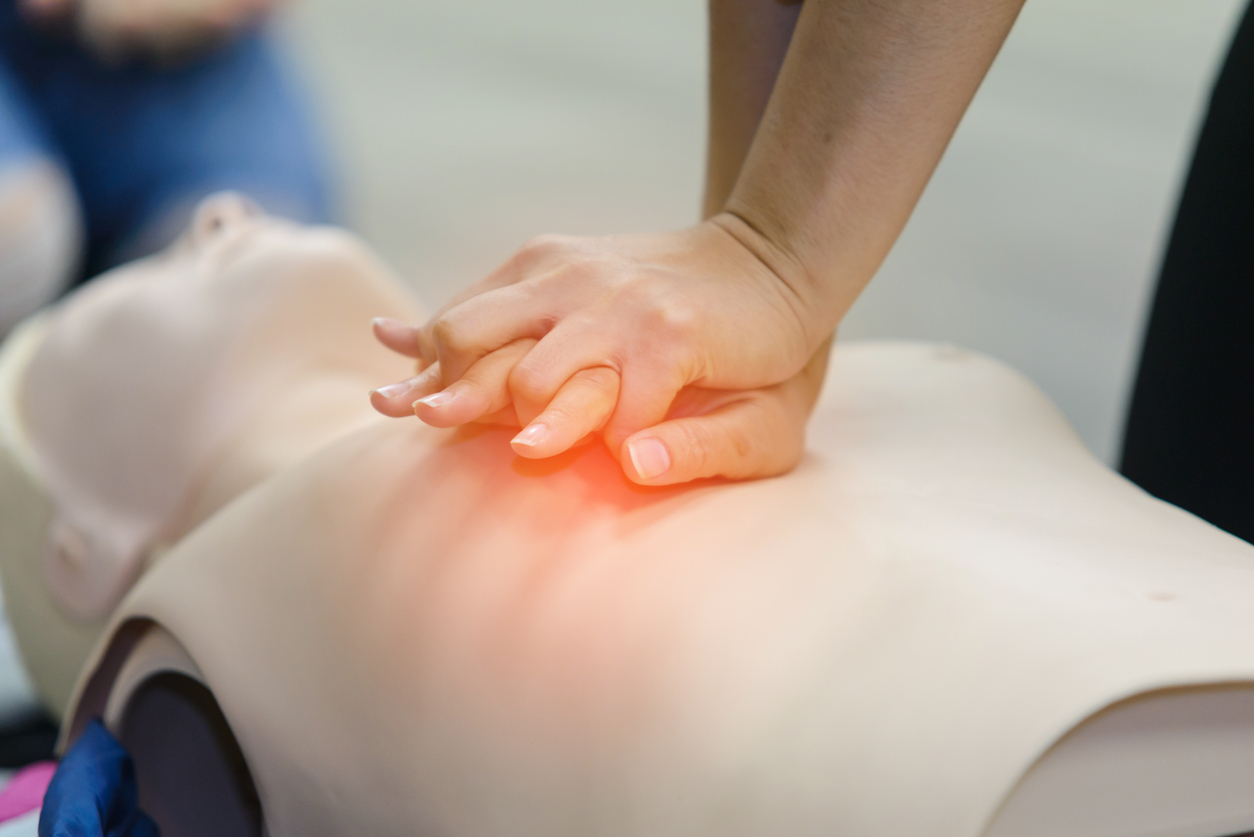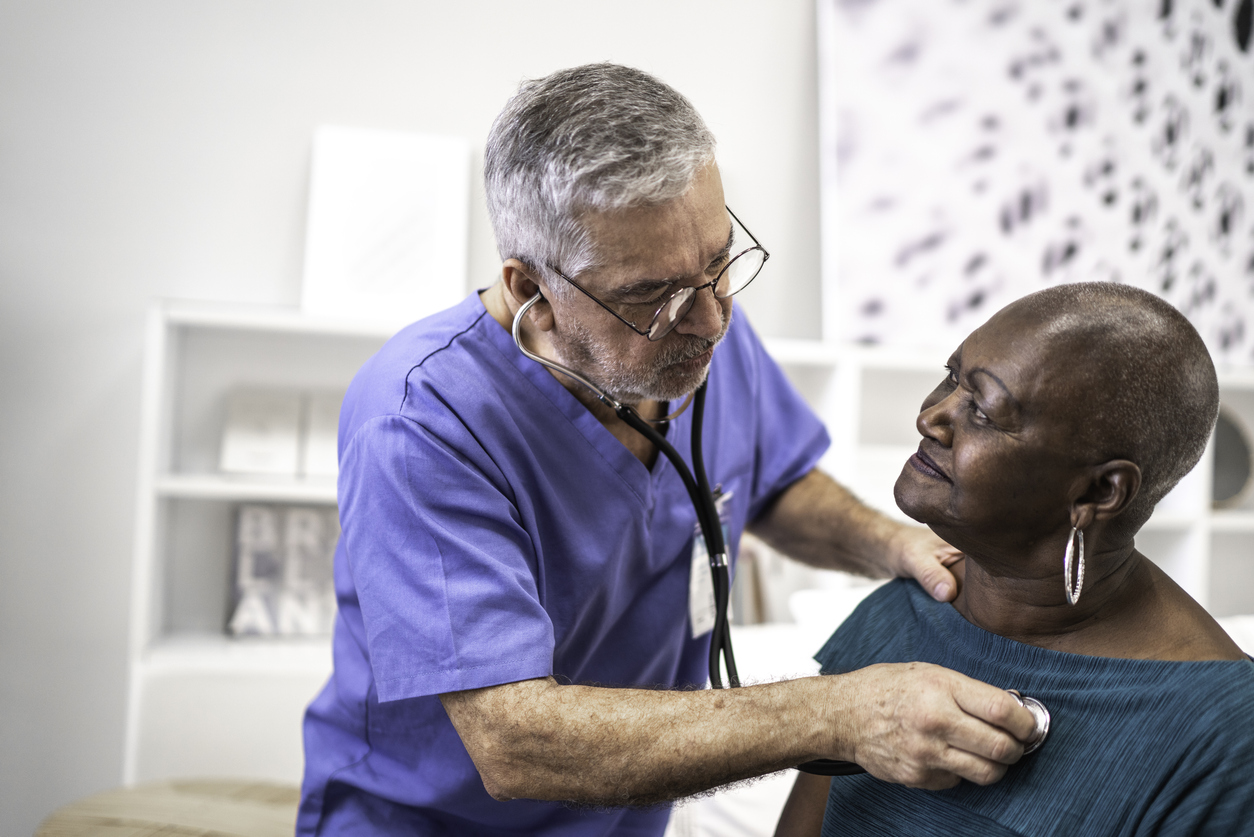
On December 27, 2020, President Trump signed the Coronavirus Response and Relief Supplemental Appropriations Act 2021 (CRRSAA) into law. This action gave the U.S. Department of Education additional COVID-19 relief funding for institutions of higher education. The CRRSAA includes the same Higher Education Emergency Relief Fund (HEERF) model as the CARES ...

The general principles of infection control include universal precautions, also sometimes referred to as standard precautions. These principles are based on assessed risk, and make use of common-sense practice and personal protective equipment (PPE). Standard precautions are used in all patient care settings and in healthcare educational settings. The ...

In-person learning is gradually opening up as the COVID-19 vaccine is distributed. In most states, healthcare workers, including those in emergency medical services, are first in line to get their vaccinations. School nurses, nursing educators, and EMS personnel are often certified CPR instructors on top of their other job duties. As such, they are ...

Although COVID-19 is primarily a virus that effects the respiratory system, healthcare professionals (HCPs) suspect that before long, secondary cardiac effects of the pandemic will start to surface. As TIME magazine puts it in a recent article:

Even as the end of remote learning and remote work slowly comes into view, we can take many lessons from the year that was 2020. Here is hoping we can adopt what we have learned regarding remote classrooms and virtual learning, and use them to our advantage going forward.











